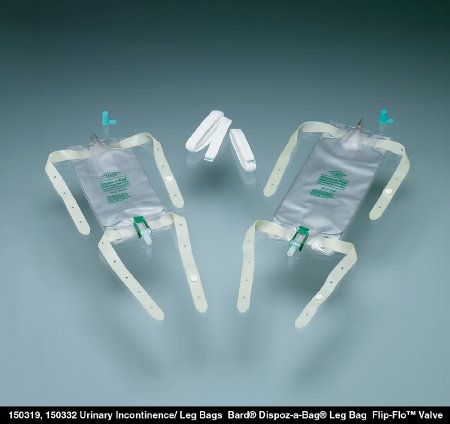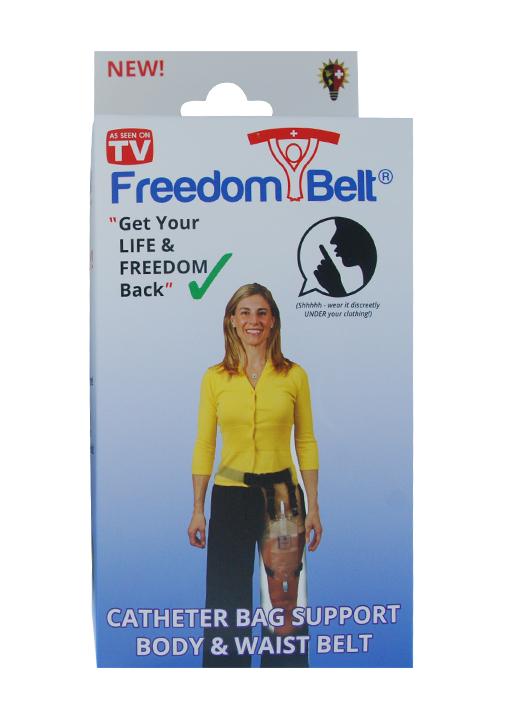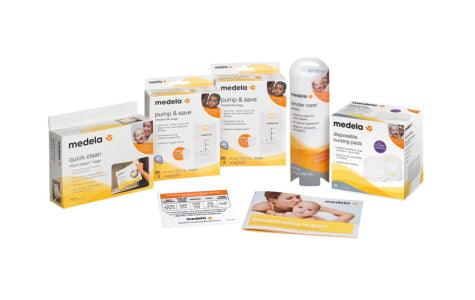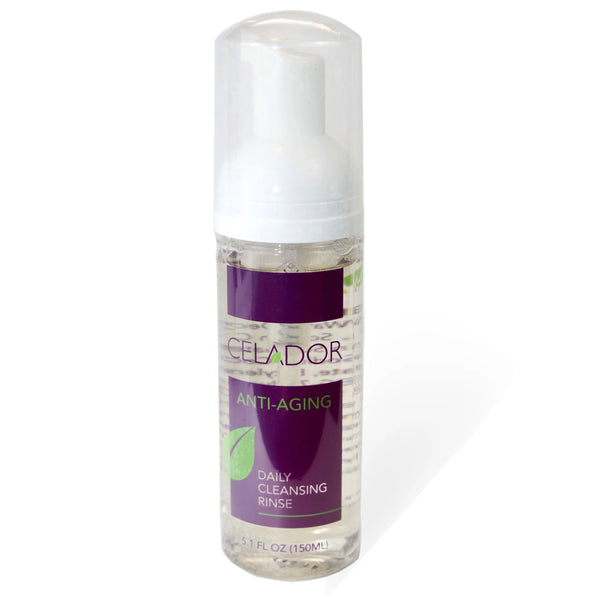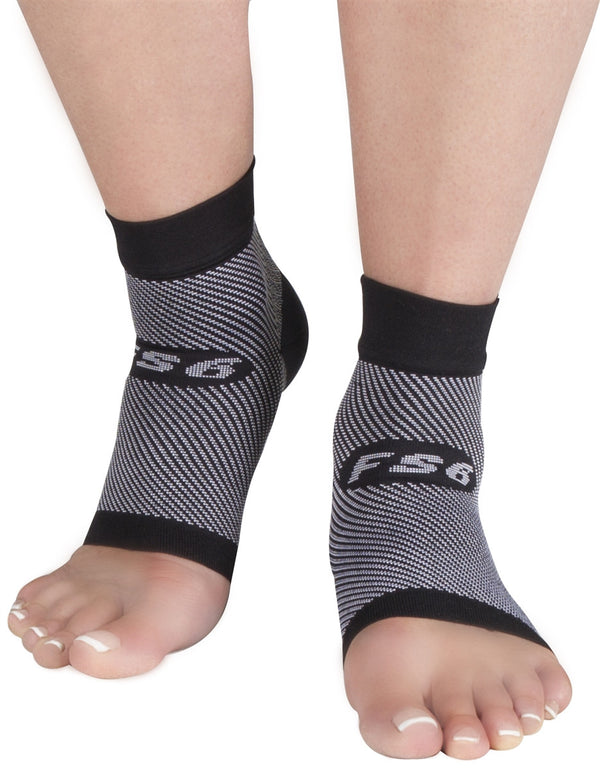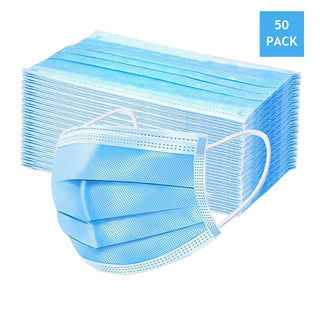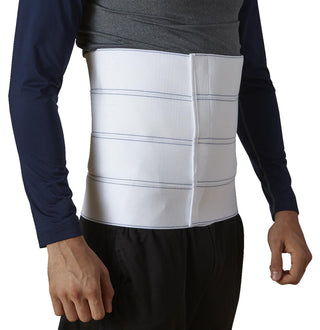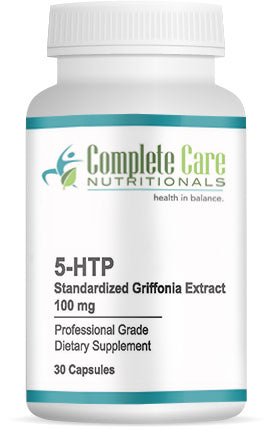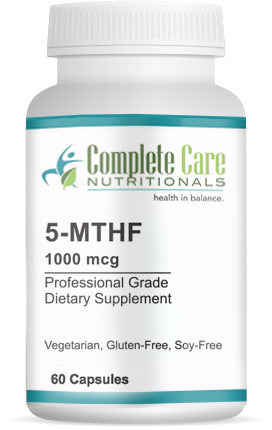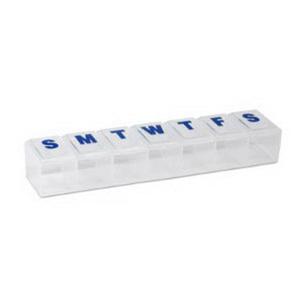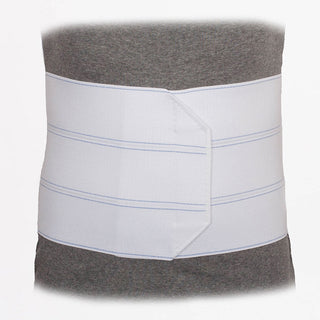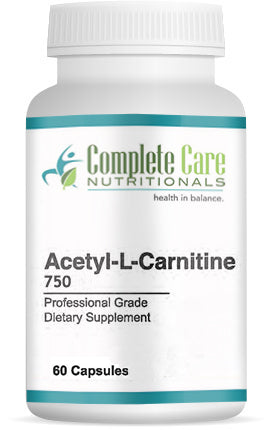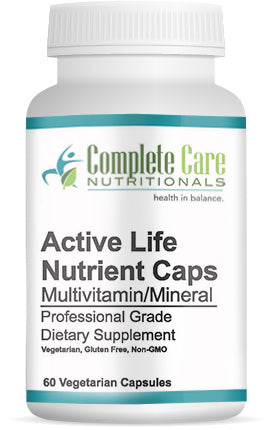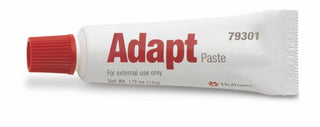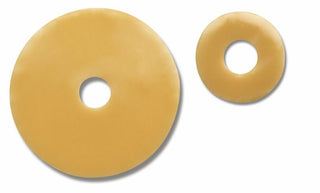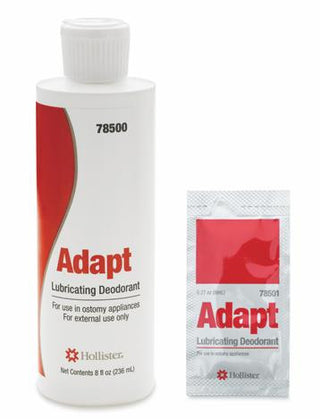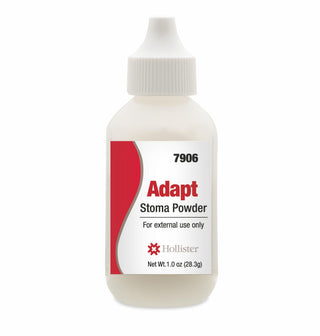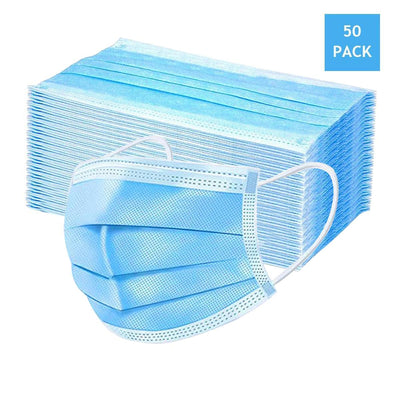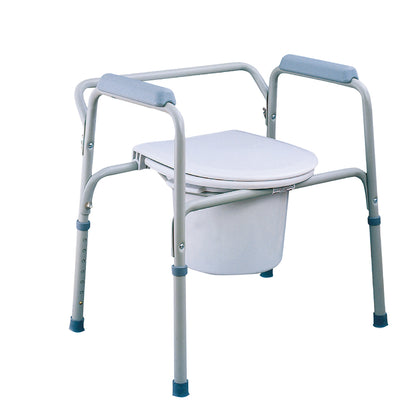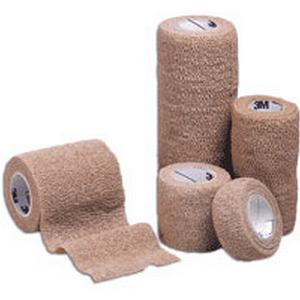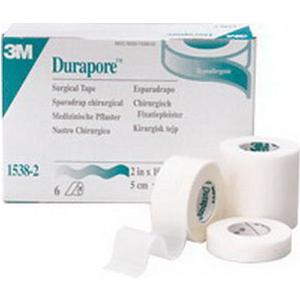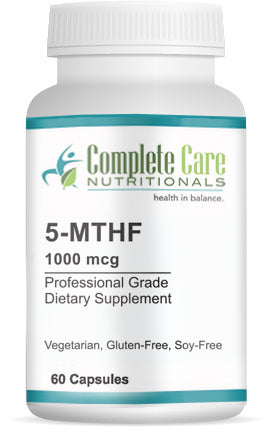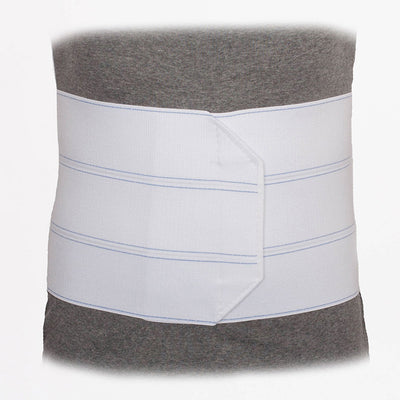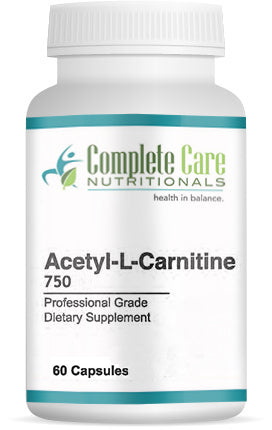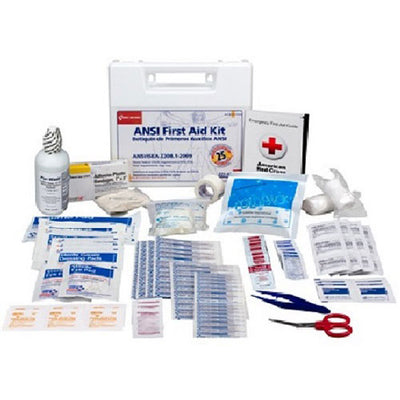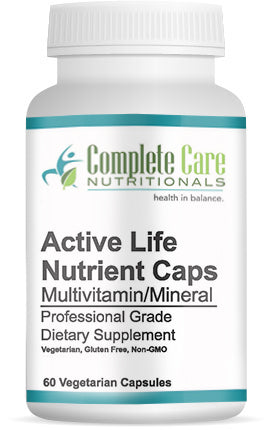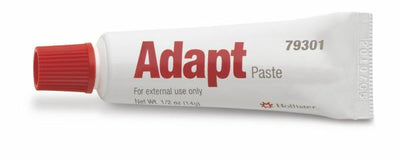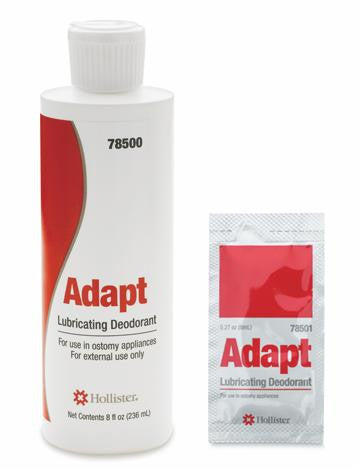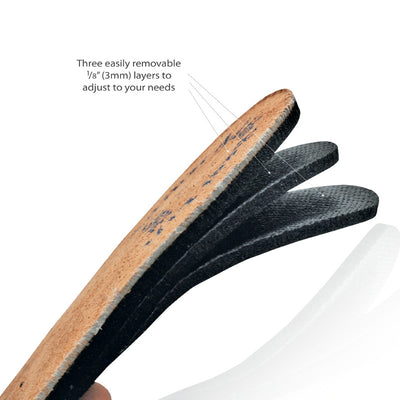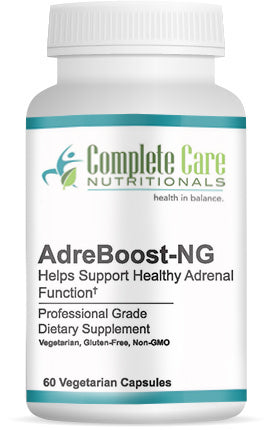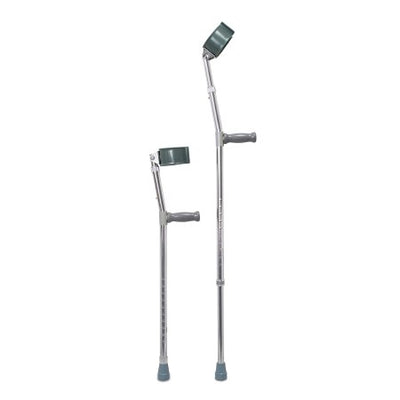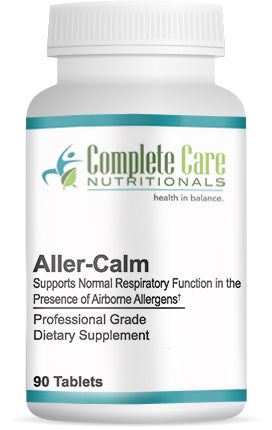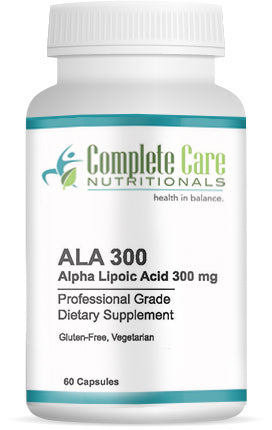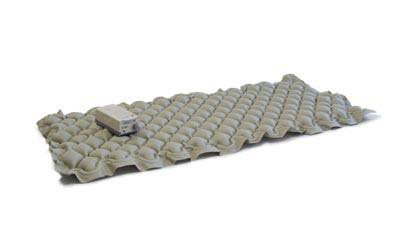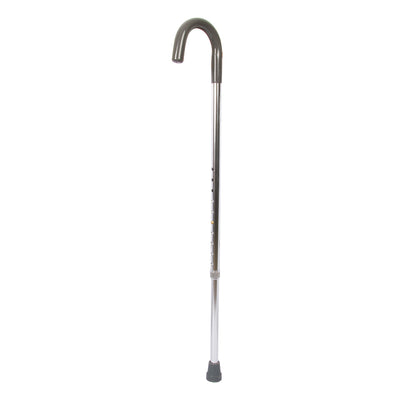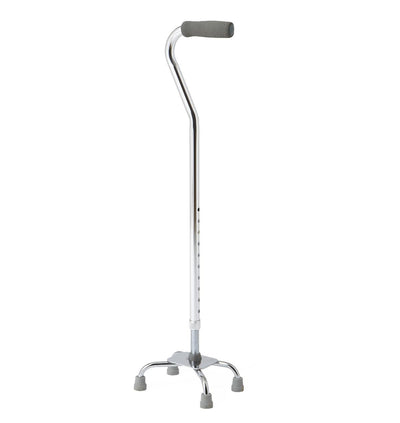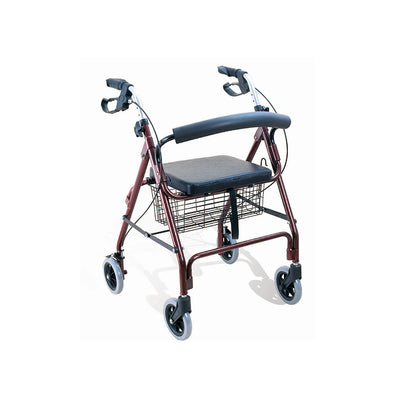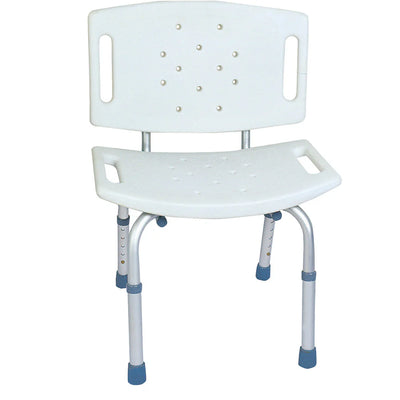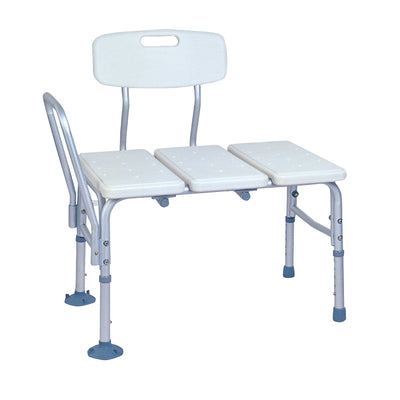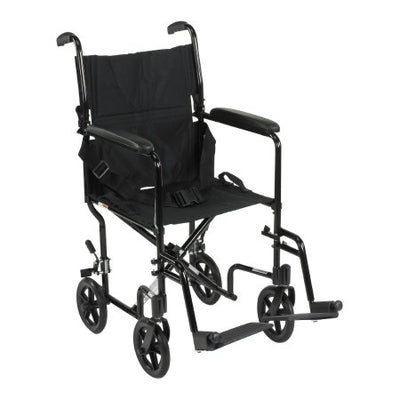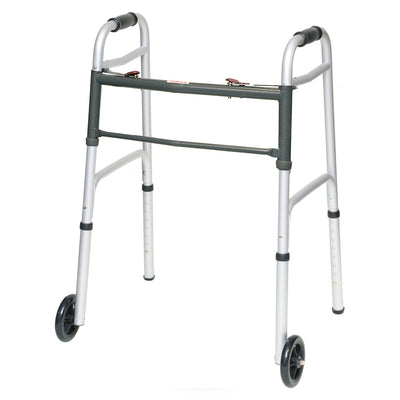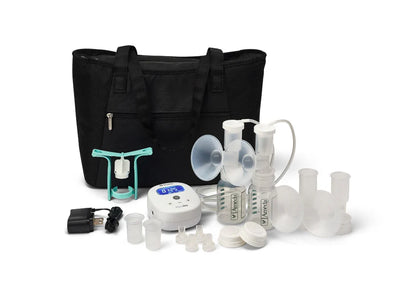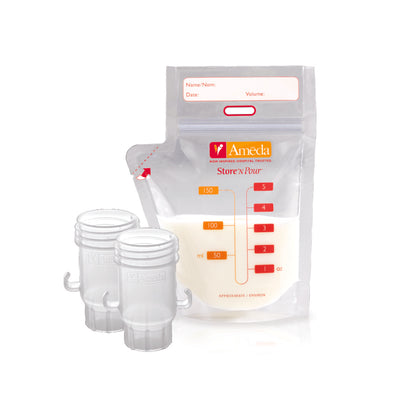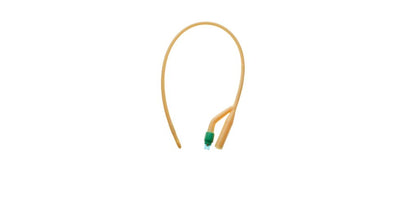
With healthy aging being the heart of September, it’s the perfect time to reflect on how you can gain a more positive outlook about growing older. As the population ages and technology advances, people are living longer and are healthier overall so it’s important to stay youthful with age. Exercise, mental health, and healthy eating are important factors when it comes to healthy aging.
Low Impact Exercise
As you age, the risk of disease can increase. However, exercise can help out in this area as it can prevent disease, according to the Journal of Aging Research. Exercise is also ideal to protect joints, bones, and muscles. Some perfect low impact exercise ideas are:
Thai chi - A meditative type of exercise that allows you to flow slowly as you transition to each pose. This exercise is great for flexibility, strength, and balance.
Yoga - There are different types of yoga, and as a senior, you may worry about some of the poses. You can find senior and beginner classes with a local instructor or online videos. Depending on where you live, there are some yoga instructors who go to senior centers to offer special classes.
Lightweight training - Lifting light weights is an excellent low-impact exercise that builds muscle and can improve your overall health. You can increase the amount of weights as you go along to improve your strength. You can even start off with no weights and do just the moves in the beginning and add weight as you build strength.
Walking - Going on walks is a perfect way to gain some low impact endurance. Seniors can benefit from walking as it’s easy on the joints. It’s important to stretch after a walk and wear comfortable shoes.
Swimming - Water relieves stress on the joints and bones, and has a lower risk of injury than other exercises. Swimming conditions the whole body as you move through the water. As you swim, you are actively strengthening, stretching, and increasing your flexibility.
Cycling - This type of exercise may seem intense; however, it’s low-impact because it’s not hard on the joints. The reason is that the body absorbs minimal shock as you pedal. You could either ride a bike around your neighborhood or use a stationary bike at a local gym. If an upright bicycle is too much on your back, shoulders, or neck, try using a recumbent bike as you can sit back with the pedals and have the handlebars right in front of you.
Stretching - Adding some light stretches into your daily routine can help with your range of motion and flexibility. Be sure to do stretches that focus on the muscles that you’re working during the rest of your routine. However, general stretches can be done whenever you need - morning or night.
Mental Health is Equally Important
While physical exercise is important, it’s vital not to forget about your mental health. Your mental health has a big effect on your overall health. Being in control of your emotions and learning how to cope with stressors can greatly improve wellbeing. Outside of the more apparent effects mental health can have on health, social interactions are becoming an important area of focus. According to the National Institute on Aging, studies show a correlation between the well-being and health and social interaction among older adults. Keeping to yourself and not having any social interaction can result in adverse effects. Results from the study indicate:
Positive indicators of social well-being could be associated with reduced levels of interleukin-6 in healthy individuals. Interleukin-6 is known as an inflammatory factor that is found with age-related disorders like cardiovascular disease, rheumatoid arthritis, osteoporosis, some forms of cancer, and Alzheimer’s disease. Adversely, feeling lonely can have both a physical and emotional impact. Some people who are consistently lonely may notice increased systolic blood pressure.
Being involved with social relationships are associated with biomarkers of health. So get out there and socialize; make new friends and new memories!
Keys to Healthy Eating
As aging progresses, the body changes - not just in appearance - the digestion process changes, too. For example, you may notice yourself drinking less water than you once did because you don’t feel as thirsty. It may take you longer to digest food so you may have to remember to eat instead of feeling hungry naturally. Healthy eating is critical to promote healthy aging. Some important foods to keep in mind:
Water - Sure, water may not be a “food” but you need to make sure you drink enough throughout the day. Your body is mostly water and if you’re severely dehydrated your cells can’t function properly, you won’t think clearly, and you will notice more fatigue. Most people with constipation and mild headaches are actually suffering from dehydration.
Fiber - Great sources of fiber come from legumes, fruits, whole grains, and vegetables. Fiber is important as it can help ease and prevent constipation while lowering inflammation, blood pressure, and cholesterol.
Yogurt - It’s no secret that bone loss occurs with aging. Calcium can help, though, and yogurt is a great source of calcium. Yogurt can also help with keeping your digestive tract on track, some of the best yogurts are loaded with probiotics. Be sure to reach for the yogurt that is fortified with vitamin D and probiotics.
Tomatoes - This is one food that is high in lycopene, which is a natural chemical that can help protect against prostate cancer and aims to prevent lung cancer. Processed tomatoes found in sauce, paste, and juice may be better for you than raw ones. Researchers believe processed tomatoes are better because of the heat or mashing of the tomatoes releases more of the lycopene.
Blueberries - Antioxidants are important for your cells and blueberries are rich in antioxidants and other nutrients.
Fatty Fish - Sardines, mackerel, and salmon are high in omega-3 fatty acids and are great for heart health. Try to get in two servings per week.
Broccoli - While broccoli is high in fiber, it’s also filled with vitamins and antioxidants. Some people don’t like broccoli, but if you dress it up in a recipe it can be better tolerated. For example, the following recipe may be just what you need if you’re not otherwise a broccoli fan:
Chicken and Broccoli Stir-Fry
Ingredients:
- 3 cups bite-sized broccoli florets
- 1 tablespoon chili paste
- 2 tablespoons honey
- ⅓ cup low-sodium soy sauce
- 1 ½ teaspoons corn starch
- 1 ½ lb boneless skinless chicken thighs (slice into 2-inch pieces)
- 4 garlic cloves
- 1 medium onion (slice into thin strips)
- 1 ½ teaspoon light olive oil
- Cooked rice (optional)
Directions:
- Heat up a large skillet over medium-high heat. Pour in ½ teaspoon of olive oil and let the skillet warm up. Add in the onion strips and let cook for 2 minutes. Next, add the garlic while stirring. Push the onion and garlic to one side of the pan.
- Pour remaining olive oil in the middle of the pan. Place the chicken in. Spread the chicken across the skillet and sprinkle cornstarch. Without stirring, cook for 2 minutes until browned. Flip each piece of chicken, and cook for one additional minute.
- As the chicken is cooking, add the chili paste, honey, and soy sauce and stir.
- Add the broccoli so it’s on top of all the other ingredients. Cover with a lid and cook for 2 minutes. At this point, the broccoli should be barely softened and bright green. Remove the lid and stir, and be sure to scrape up any sauce or meat on the bottom of the pan. Simmer for one more minute while stirring frequently. Serve with rice if you wish.
For more healthy recipes, follow Complete Care Medical on Pinterest.
To get the most out of life and thrive, it’s important to take care of your mind and body. Physical and mental health are both important parts of healthy aging. You can enjoy the aging process and avoid adverse effects if you take care of your body with exercise, social interaction, and feeding it nutritious food.
"We don't stop playing because we grow old; we grow old because we stop playing." George Bernard Shaw








